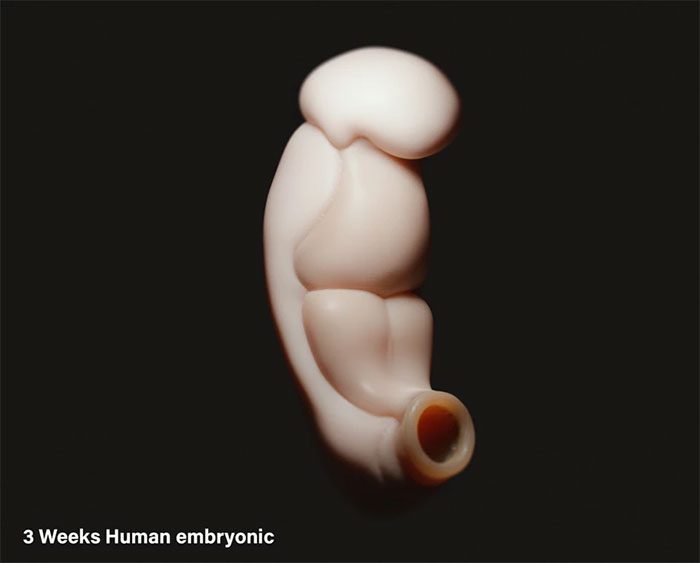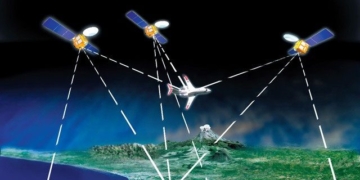Scientists have researched the signaling pathways along the embryonic axis to further understand cases of miscarriage and early embryonic disorders during the initial development stages.

3D image of a human embryo at 3 weeks old. (Image: cults3d).
Chinese scientists have developed a 3D model of a human embryo aged 2-3 weeks post-fertilization, opening new prospects for studying the early stages of human embryonic development.
This research was recently published in the journal Cell.
Due to ethical concerns, culturing human embryos in vitro is limited to 14 days, making the embryonic development from 14 to 21 days post-fertilization often regarded as a “black box.”
The researchers from the Institute of Zoology at the Chinese Academy of Sciences and China Agricultural University conducted high-resolution imaging from 38,562 gene loci of the human embryo and subsequently constructed its 3D model by integrating gene expression patterns and spatial information.
Additionally, they studied the signaling pathways along the embryonic axis.
According to scientists, this research helps to enhance the understanding of miscarriage cases and early embryonic disorders during the formative stages.


















































